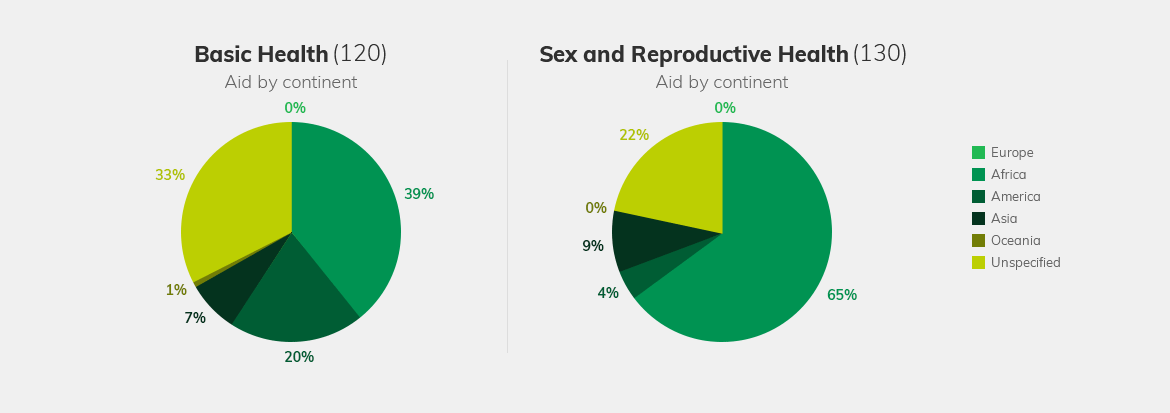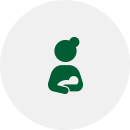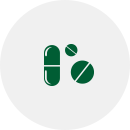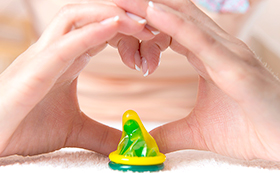
International ODA Trends
Countries’ ODA trends are introduced.
Size and strategies of each country are constantly compared and analyzed.
HOME  International ODA Trends
International ODA Trends  Japan
Japan
Japan
Overall ODA and health ODA trends
Japan ranks fourth in the world
in terms of aid, and is the largest in Asia.
Japan has assisted the international community with $ 15,586,964,000
by 2017, while the ODA / GNI ratio is 0.23%, which is 0.7% of the
DAC recommendation. Japan's ODA policy tends to prioritize participation
in markets in developing countries. In bilateral aid, Japan is specialized in the
field of social infrastructures, and this trend is particularly noticeable in the
middle-income countries. Japan's general strategy priorities are
- 1Economic development in Japan and Africa
- 2Realization of human security by solving the root cause of terrorism
- 3International health
- 4Infrastructure construction. In the health sector,
Japan is the fifth-largest donor in the DAC. 5% of the total ODA is invested in the health sector. In 2015, Japan had defined its international health policy as a 'basic design
for peace and health' and has initiated relevant initiatives. This initiative focuses on preparing health systems for universal health and public health hazards
The percentages of Japan's grant aid (120) and sexually transmitted (130) data, as viewed from the OECD-DAC's CRS aid objective code (2008-2017), are as follows.
The order of support in the area of basic health (120) is in the order of Asia (44%), Africa (39%) and America (7%). Asia (36%) and unspecified (18%) are following

JICA's health ODA strategy
The Japan International Cooperation Agency (JICA), a representative organization in Japan, is strategically performing three priority projects in line with the slogan
"Basic Design for Peace and Health."

-
Strengthen health system
The Japanese government thinks that the health system is a core part of universal health care (UHC). Therefore, JICA supports the expansion of universal medical care through various seminars and conferences held jointly with the Japanese government.

-
Maternal health
Maternal health is a problem not only for the mother but also for the health of the child. This is one of the urgent issues to be addressed in developing countries. JICA has expanded its activities to prepare guidelines for maternal health and apply them to developing countries. We also produce maternal health handbooks and distribute them to developing countries.

-
disease management
Since the Ebola crisis, the international community has recognized the need for the International Health Regulation (IHR) and has been engaged in activities to build vaccine manufacturing capabilities through technical cooperation.
The activities include loans for vaccines, including polio vaccines, rapid diagnostic kits, and early warning systems.
In 2017, Japan's health ODA sector included health policy and administration (30%), medical services (19%), infectious disease management (18%)
basic medical facilities (8%), and reproductive health. It occupies a specific portion.

Introduce Japanese Girl Health Project

-
Youth Sexual Reproductive Health Project (2008-2012, Honduras)
39% of the Honduran population is youth. Thus, an increasing number of pregnancies in adolescence can lead to a lack of education for the entire community, poverty, and HIV / AIDS health problems. This project is undertaking sex reproduction projects targeting youths in seven cities to lessen the pregnancy rate of adolescents


